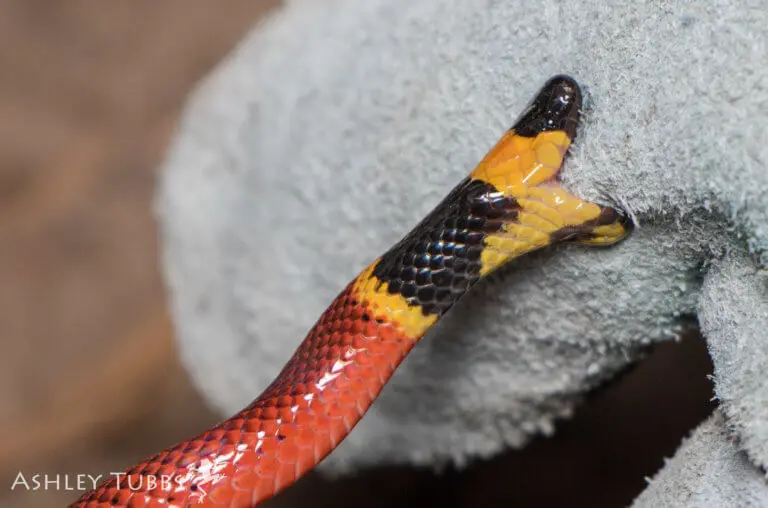Is it really possible to identify a Kingsnake or a Coral snake by its color?
Many people have heard that you can tell if a coral snake is venomous or not by its color. Also, that venomous snakes have some physical differences from non-venomous snakes, but does this also work for the coral snake?
Coral snakes are apparently easily identified by the pattern of colored rings they have on their bodies. But there are 32 species of coral snakes and more than 50 species of king snakes and milk snakes. This huge variety means that identifying them is no easy task.
Many of the corals — which are venomous — have all the characteristics used to identify a non-venomous snake: both groups have an oval head covered with small black eyes, a cylindrical body with smooth and large scales, and a short, bushy tail.

In addition, corals do not have the sensory opening found in Brazilian vipers (which are responsible for most snakebite accidents, about 99% of the time) — again showing that true corals have characteristics of non-snakes.
Similarly, it is not possible to distinguish a coral from a king snake by its color pattern, since there are nearly 100 species in all, each with different patterns. It is clear then that although such tips based on the appearance of snakes are widespread in the media, they do not apply to coral snakes — especially those in South America.
Another point to note is that some kingsnakes have venom injecting teeth in the back of the upper jaw — the so-called “opisthoglyphic dentition” — and in some cases can sting. Fortunately, such accidents are not serious in the case of king snakes.
Coral snakes are found in both rural and urban areas. If you find one in your home, don’t try to catch it; stay away and call your local authorities. If you find one in the woods, just let it go. It is also not recommended that an inexperienced person try to identify one of these snakes.
However, coral snakes are not aggressive, and due to the small size of their mouth and inoculated fangs, bites from them account for less than 1% of snakebite incidents. Nevertheless, caution should be exercised when encountering one.
If you are bitten by a coral, you will know in a few minutes when the symptoms appear, which are: pain, tingling in the area or in the whole limb that was bitten, difficulty seeing, excessive salivation, difficulty chewing and swallowing, and in serious cases, respiratory failure. Immediately seek the nearest medical facility in your area. All snakebite injuries are considered serious and can be fatal within hours.
